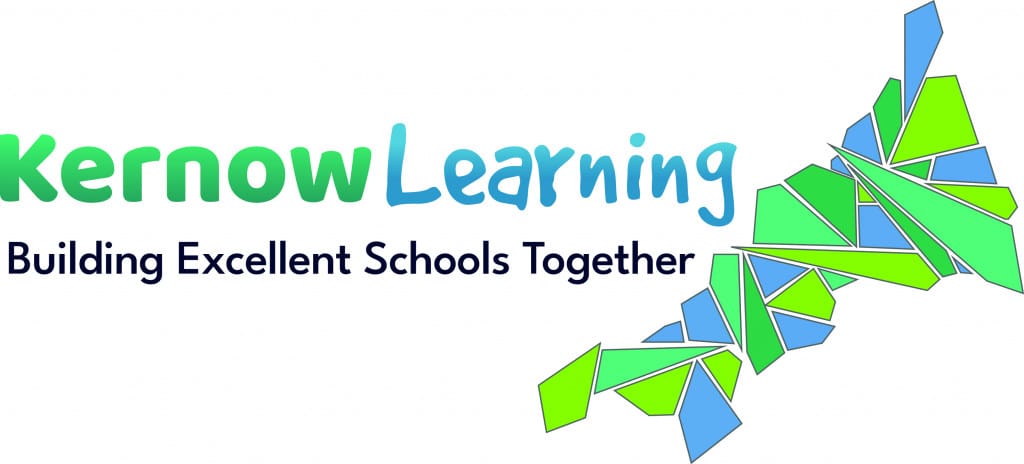The role of technology in creating a strong Multi-Academy Trust
Updated 15th August 2023 | 4 min read Published 8th June 2022

By 2030, the UK government wants every school to become part of a Multi-Academy Trust (MAT). Ideally, they would like each MAT to comprise of around 7500 pupils or 10 schools as this is when economies at scale start to be maximised.
Strong performing local authority schools and single academy trusts are therefore being encouraged to form their own MATs. Likewise, MATs are being encouraged to add more schools to their trust.
However, there is currently an average of 6.5 schools and 2770 students per MAT. So, to achieve the desired government target, there will need to be the academisation of around 12,500 schools, growth of around 1,000 existing MATs and the establishment of more than 1,000 new MATs.
These ambitious plans suggest that the MAT model and the overall objective to be a fully-trust led education system will require significant growth and be heavily focused on this.
Levelling up with a trust-led system
As the DfE reiterated in the recent White Paper, “the quality of teaching is the single most important in-school factor in improving outcomes for children.”
MATs allow for economies at scale – cleaning, catering, extra-curricular activities, operational functions, shared staffing and professional development are all reduced in cost and can result in better budget control.
This collaborative structure has the potential to make resources go further and provides more freedom as to where budget is spent, significantly improving the quality of teaching and the resulting student outcomes.
The MAT model also seeks to transfer underperforming schools into strong trusts, so they too can benefit from the additional resources required to achieve improvement.
Sounds great, doesn’t it?
But there are considerable challenges in achieving the government’s quota. Only strong trusts with transparent assessments and high trust standards will be able to grow and add schools/students successfully. Existing MATs, or schools that wish to form as MATs, must demonstrate that they have this capability.
Customer story: Successful trusts of tomorrow need full and fast access to data today
Read hereThe Schools White Paper suggests that strong trusts demonstrate strength in five key areas: high quality and inclusive education, commitment to school improvement, strategic governance, financial management and the workforce.
The Schools Bill also suggests that a consolidated framework is needed to “drive up performance by extending the ways in which failures in the management and governance of academy trusts can be challenged and resolved.”
Empowering trust growth with real-time data
Focusing on the five key areas of strength and establishing a framework for how performance can be managed requires trusts to have a single streamlined process.
Unfortunately, legacy MIS systems do not provide the holistic view of real-time data needed trust-wide and often the MIS systems within a trust’s many schools do not integrate.
Data is inaccurate, out of date and subject to human error making it an admin-based, time-consuming task to combine data sets for those critical ‘growth’ insights.
Real-time data, that is accessible through integrated systems between schools, helps trusts to share best practice across schools and improve standards. By tracking trends over time and drilling down at a school or pupil level, MAT leaders can have a holistic view of trust data to inform decisions and prompt interventions.
These insights help to identify strong schools, particular departments or initiatives, within the MAT that can be mirrored elsewhere and used to uplift other schools within the trust. There may be one flagship school, or pockets of greatness within different schools, that can literally be ‘bottled’ so they can have an impact on a much wider set of students.
This provides a unique opportunity to compare performance, share goals and outcomes and establish a framework for success.
In this way, data strength could form the backbone for growth that the government is pushing for. It can help answer the ‘who what where when why’, for driving and sustaining academy improvements.
Conclusion
The Children's Commissioner has told schools to "rationalise" their MIS, to enable student data to be accessed in real-time. It allows teachers to deliver a better and more organised education to students, in any circumstance.
Trusts can create more assessable and intuitive reporting, presentation, and representation of centralised data in less time.
In doing so, the benefits to education are endless and merging MATs avoid the risks of scaling up.
IRIS Education can help your school
IRIS Ed:gen can fundamentally improve the way trusts run their business with faster data connection, the ability to push settings and assessments to the MIS and many more extra functions. It also supports mixed estates so growing trusts can easily get data from new schools. Find out more here.








